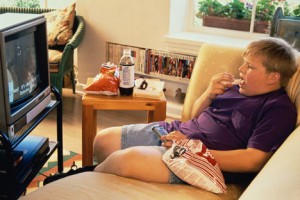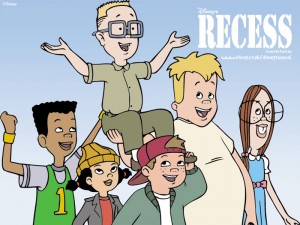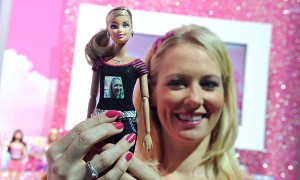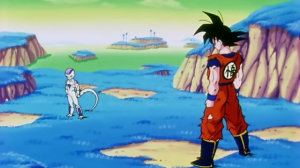Baking is for Girls
One of my most prized possessions throughout my childhood was my Easy-Bake Oven. I loved to spend all my time baking things and pretending I was a real chef. Easy-Bake Ovens were first came out in 1963 and are now manufactured by Hasbro. They first used a lightbulb to cook the products and now use an actual heating element to bake. The Easy-Bake Oven is created for girls to mix and bake cookies and cakes to decorate and eat. It is a small version of a real oven and is safe and easy to use for kids. There have been many different versions throughout the decades that it has been around and is still sold today. When you bought the oven it came with a few mixes and the result would be a very small cake, cookie, or brownie that you would eat. The price for an Easy-Bake Oven now can be anywhere from $40-15. In 2007 Hasbro had to recall over 900,000 Easy-Bake Ovens because kids could get their fingers caught and potentially burn their hands.
As a kid I never realized the implications this toy had for gender roles. It was a baking kit made for girls. Looking at this now it is funny to see how stereotypical this product is for women and their domestic role. In class we discussed the different ways toys and television shows can effect children and the Easy-Bake Oven is a good example of how girls might think it is their job to be the domestic one in the family. They later came out with a boy version in the early 2000’s but it focused on making gross looking food like mud cakes. This toy is promoting a clear separation of what girls and boys roles should be as kids. When I used this toy almost every weekend in the first grade I didn’t realize that it could have lasting impacts on my model of what a woman should do. Considering that I still love to bake now it could have had an impact on my life, but I don’t think it had any serious affects relating to my role as a woman.
![easy-bake-oven[1]](http://popcultureandamericanchildhood.com/wp-content/uploads/2012/02/easy-bake-oven1-300x257.jpg)




